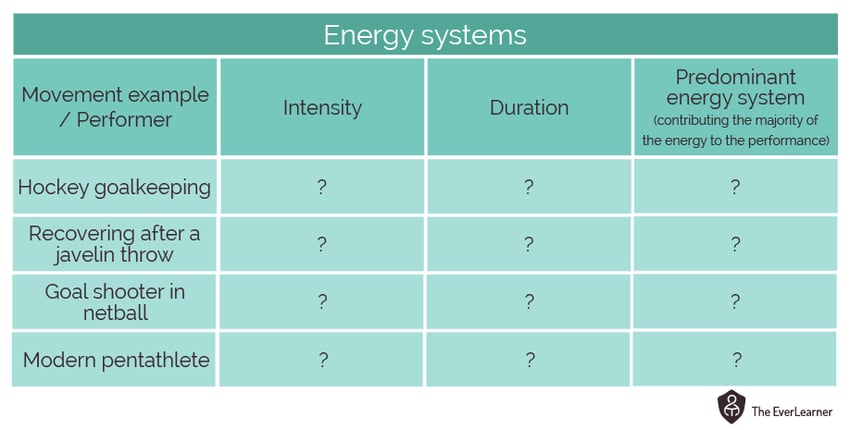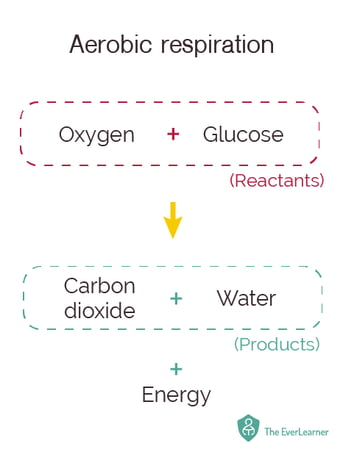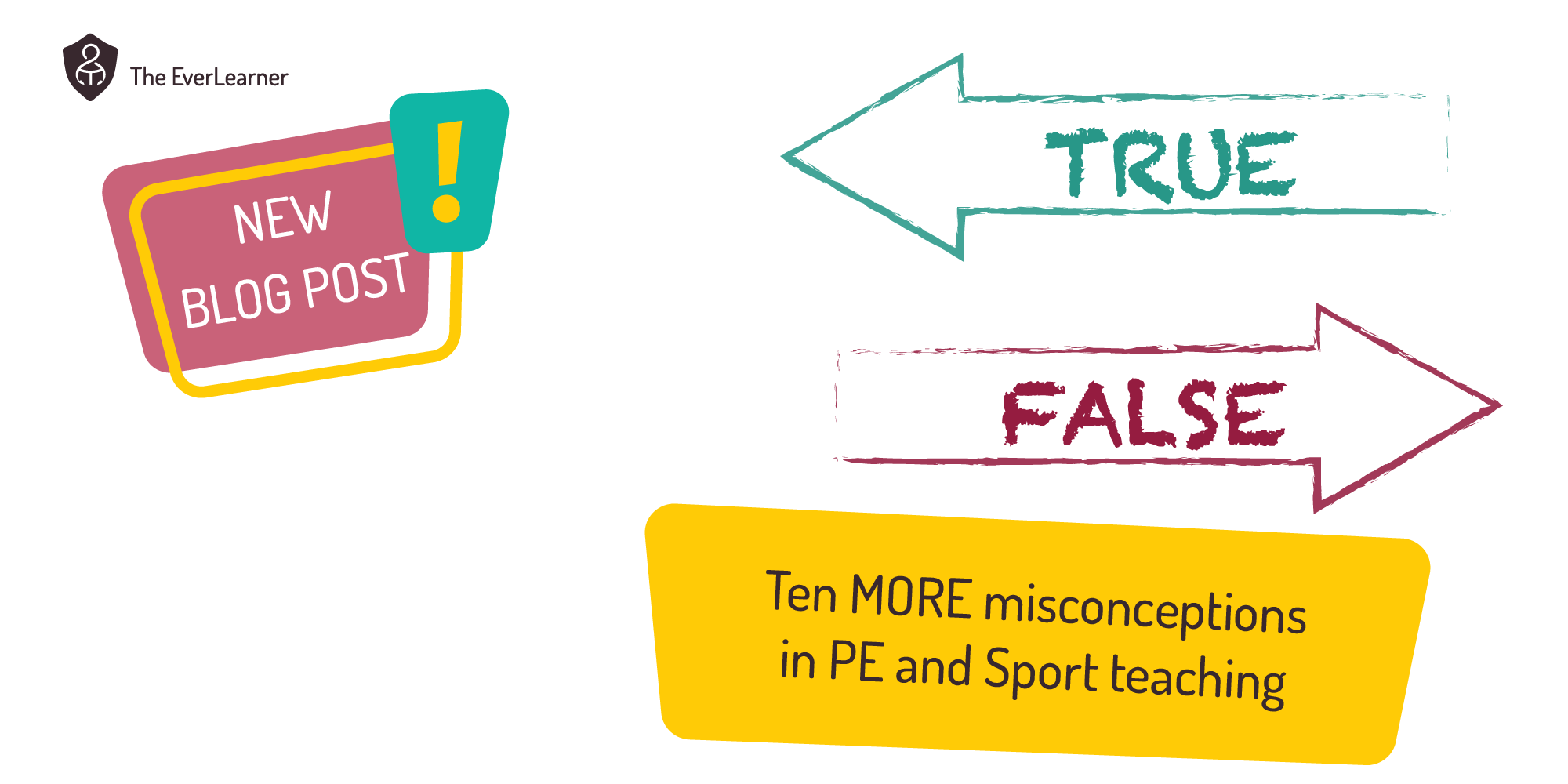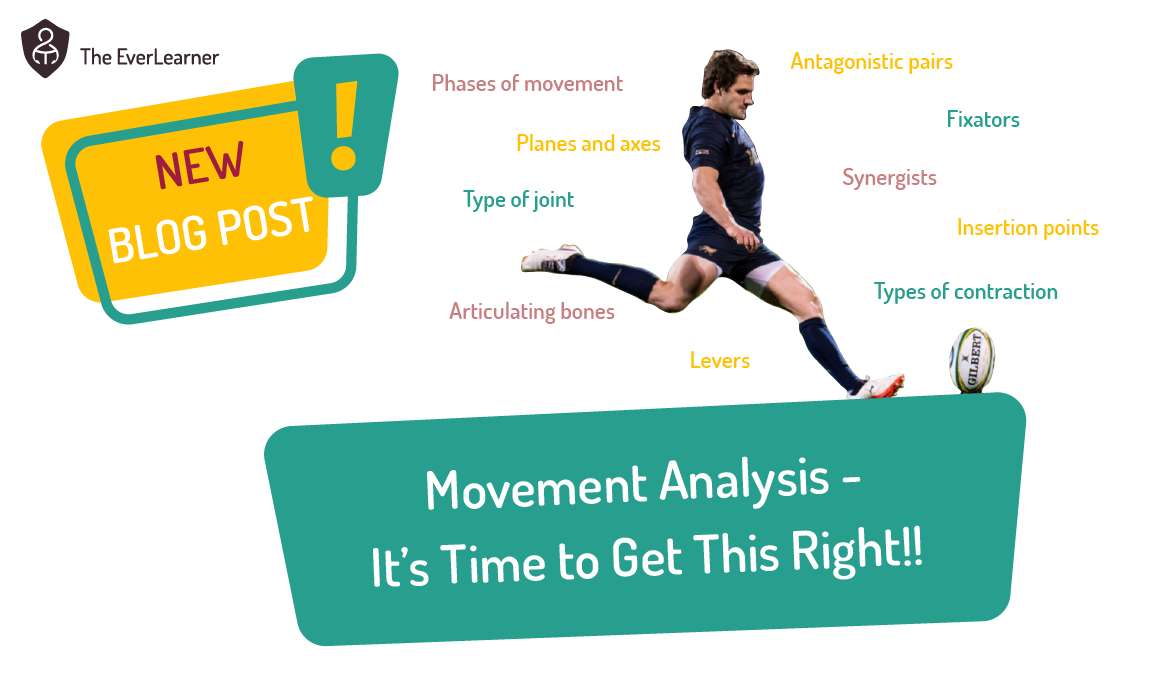Teaching Aerobic and Anaerobic Energy at GCSE-PE Level: Common Myths and How to Correct Them
Every teacher reading this article is likely to have stood at the front of a GCSE PE classroom and talked about the intensity and duration of different activities and how this relates to different energy systems. In my experience as a PE teacher and, for ten years, as Head of PE in the largest Sixth form College in the UK, I believe that aerobic and anaerobic energy systems is taught with a deficit of scientific rigour and with numerous myths passed on to students. This article is aimed at correcting those misconceptions and providing teachers with new ways of presenting the same concepts.
Myth 1: Energy production
The expressions “energy production” and “producing energy” are endemic in the teaching of PE at school and college levels. Teachers teach the concept and students write the concept in their exam answers (I see the term “energy production” on a daily basis in students’ answers in ExamSimulator). Principal examiners even use the terms in their exam questions and mark schemes. However, energy cannot be produced or made, nor can it be destroyed. Energy is, in fact, a constant and, therefore, the notion of “producing” it must not be tolerated in our classrooms, our resources, our exam questions and our mark schemes.
Replacement: Use the terms “energy transfer” or “energy release” (the latter relates to exothermic reactions only). Energy is transferred from one energy store to another. This correlates directly to what students are learning in GCSE Physics. For example, glucose is a form of chemical energy store and is transferred into the kinetic energy store during respiration in a muscle cell. During this process, energy is “released” from glucose or is “transferred” from glucose into kinetic energy (movement).
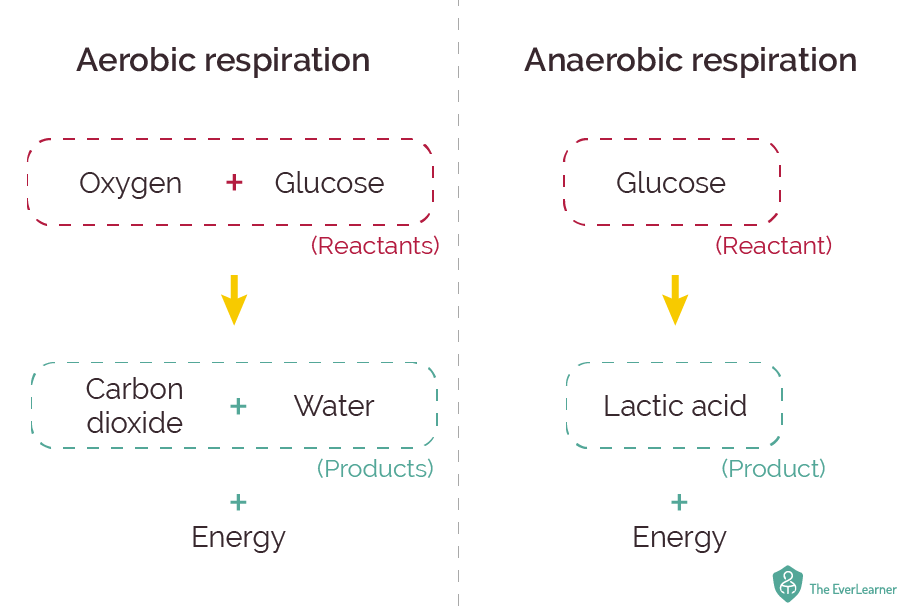
Myth 2: There are two energy systems
This is a tricky one as, at GCSE-PE level, we only teach two energy pathways. We teach aerobic energy release and we teach anaerobic energy release. The problem is that there are, in fact, three energy systems: the third one being another anaerobic system in addition to the lactic acid pathway. Whilst I do not typically discuss this with students, I ensure that I never tell GCSE students, “There are two energy pathways”. Instead, I focus on the current level of study and state things such as “At GCSE-PE level, we study the aerobic pathway and an anaerobic pathway”. Naturally, this leads students to ask the obvious question: does this mean there are more energy systems? My answer to this is simple: “Yes, and I’m looking forward to teaching you about the other one at A-Level/BTEC Level 3/CTEC Level 3!”
Replacement: Use this phrase or something similar: “At GCSE-PE level, we study the aerobic pathway and an anaerobic pathway”.
Myth 3: Activities are either aerobic or anaerobic
I have seen teachers teach this many times. We tend to describe an activity as being either aerobic or anaerobic. This is categorically not the case. Even the most power-based movements in sport have an aerobic energy contribution. Likewise, a low-intensity activity, such as race walking, involves the release of energy anaerobically. The important distinction to make is which energy pathway is likely to be predominant. In other words, which energy pathway releases the majority of the energy used to power the movement.
Replacement: Use the phrase “predominant energy pathway”. Deciding on which pathway is predominant is relatively straightforward: we need to judge both the duration and the intensity of the activity. This table summarises the main points:
These examples can be seen as simple, as they do not sit on the threshold between the pathways. What if the following examples were asked of you?
Myth 4: Lactic acid is fatiguing
This is a contentious one and—to be honest with you—you should be careful with how you discuss this with students. But the important thing to realise is that lactic acid itself is not fatiguing. Lactic acid is a very temporary product of anaerobic respiration. As soon as it is formed, it breaks down into lactate (which is very useful) and hydrogen ions. It is these pesky hydrogen ions that change the muscle and blood chemistry (they become more acidic) and this, in turn, prevents metabolic enzymes from functioning properly.
Now, you may feel that I am being pedantic but there is a reason I am raising this point. During the exact period of time that your (probably) year 10 GCSE PE students are studying energy with you, they are studying the effect changing pH on enzyme activity in biology. This is a wonderful opportunity for you to link your students’ knowledge of biology and PE together and allow them to understand WHY lactic acid is considered fatiguing.
I have included my biology teaching on enzymes and pH for reference:
Replacement: Teach students to understand why lactic acid ultimately leads to fatigue by introducing the fact that lactic acid (hydrogen ions) makes the muscle more acidic and that this affects enzyme activity in the muscle cell.
Myth 5: Glucose is THE fuel source for aerobic respiration
Whilst it is true that glucose is the preferred fuel source for all energy release, it is not true to state that aerobic energy release always comes from the carbohydrate substrate. Both fats (lipids) and proteins (amino acids) can be oxidised to release energy aerobically.
The image below is absolutely correct but students may ask you “How do we burn fats?” or “Does protein contain energy?” It is important we answer these excellent questions accurately. Here are the answers:
How do we burn fats? Fats release energy aerobically and are an alternative fuel source to glucose. The problem is that fats take a long time to process, so the cell (mitochondria specifically) prefers glucose. However, fats are very energy-rich and can release lots of energy but just rather slowly.
Does protein contain energy? Yes. Amino acids can also be burned aerobically. The problem is that the total energy available is very small, so the overall contribution of protein is negligible.
What we must not say is that fats and/or proteins are converted to glucose. This is categorically not the case.
All in all, energy at GCSE level is a nice, succinct topic and teachers generally enjoy teaching it. However, the myths I have outlined above have a tendency to limit the impact of our teaching and I hope that this guide can support the PE teaching sector to make tweaks in how we present this learning to students.
Please share this as widely as possible. Thank you!!!
Bonus section:
If you are a teacher of AQA GCSE PE, the aerobic and anaerobic energy topic has a particularly important role. In my view, every nine-mark question that AQA is capable of asking will always make reference to some kind of movement. By definition, nine-mark questions have an application. This means that aerobic and/or anaerobic energy are guaranteed synoptic links within nine-mark answers and will add a mark to each student’s performance if delivered accurately by the student. In my own context, I expect every AQA GCSE PE student I work with to incorporate energy into every single nine-mark answer that they write. The only exception is a nine-mark question focussed centrally on energy. In this case, an excellent understanding of energy is even more important.
%20Text%20(Violet).png)
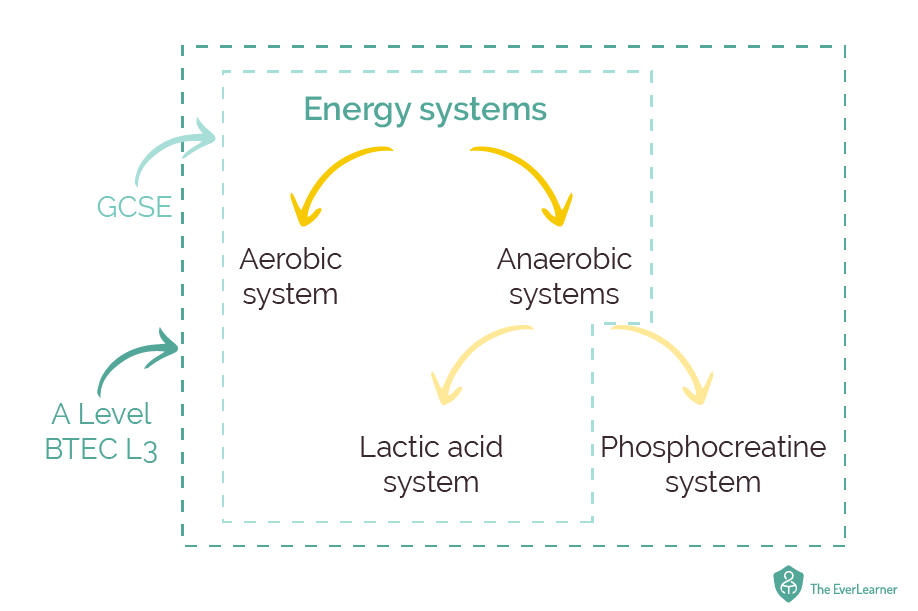
.png?width=850&name=Energy%20systems_table_1%20(1).png)
